The thermal management system of pure electric vehicles assists in driving by maximizing the use of battery energy. By carefully reusing the heat energy in the vehicle for air conditioning and battery inside the vehicle, thermal management can save battery energy to extend the driving range of the vehicle, and its advantages are especially significant in extreme hot and cold temperatures. The thermal management system of pure electric vehicles mainly includes the main components such as high-voltage battery management system (BMS), battery cooling plate, battery cooler, high-voltage PTC electric heater,electric water pump and heat pump system according to different models.
The thermal management system solution for pure electric vehicles covers the entire system spectrum, from control strategies to intelligent components, managing both temperature extremes by flexibly distributing the heat generated by the powertrain components during operation. By allowing all components to operate at optimal temperatures, the pure EV thermal management system solution reduces charging times and extends battery life.
The high-voltage battery management system (BMS) is more complex than the battery management system of conventional fuel vehicles, and is integrated as a core component into the battery pack of pure electric vehicles. Based on the collected system data, the system transfers heat from the battery cooling circuit to the vehicle's cooling circuit to maintain optimal battery temperature. The system is modular in structure and includes a Battery Management Controller (BMC), a Battery Supervisory Circuit (CSC) and a high voltage sensor, among other devices.
The battery cooling panel is used for direct cooling of pure electric vehicle battery packs and can be divided into direct cooling (refrigerant cooling) and indirect cooling (water cooling). It can be designed to match the battery to achieve efficient battery operation and extended battery life. The dual circuit battery cooler with dual media refrigerant and coolant inside the cavity is suitable for the cooling of pure electric vehicle battery packs, which can maintain the battery temperature in the high efficiency area and ensure the optimal battery life.
Thermal Management for New Energy Vehicles
Thermal management sounds like the coordination of cold and heat requirements within the vehicle system, and it doesn't seem to make any difference, but in reality there are significant differences in thermal management systems for different types of new energy vehicles
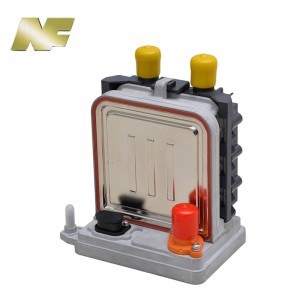
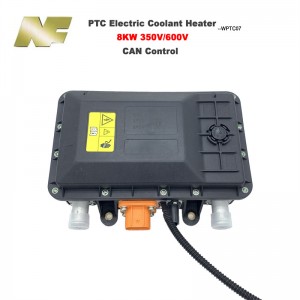
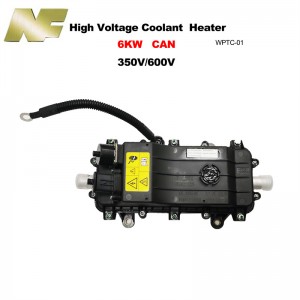
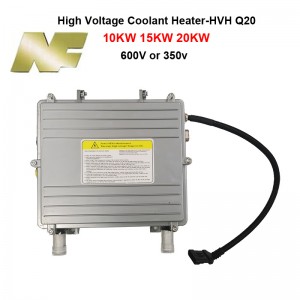
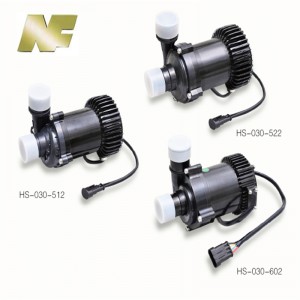

One of the heating needs: cockpit heating
In winter, the driver and passengers need to be warm inside the car, which involves the heating needs of the thermal management system.(HVCH)
Depending on the geographical location of the user, the heating needs vary. For example, car owners in Shenzhen may not need to turn on the cabin heating all year, while car owners in the north consume a lot of battery power in winter to maintain the temperature inside the cabin.
A simple example is that the same car company supplying electric cars in Northern Europe may use electric heaters with a rated power of 5kW, while those supplying countries in the equatorial region may only have 2 to 3kW or even no heaters.
In addition to latitude, altitude also has a certain impact, but there is no design specifically for the altitude to make a distinction, because the owner can not guarantee that the car will drive from the basin to the plateau.
Another biggest influence is the people in the car, because whether it is an electric car or a fuel car, the needs of the people inside are still the same, so the design of the temperature demand range is almost copied, generally between 16 degrees Celsius and 30 degrees Celsius, which means that the cabin is not colder than 16 degrees Celsius, the heating is not hotter than 30 degrees Celsius, covering the normal human demand for ambient temperature.
Post time: Apr-20-2023




